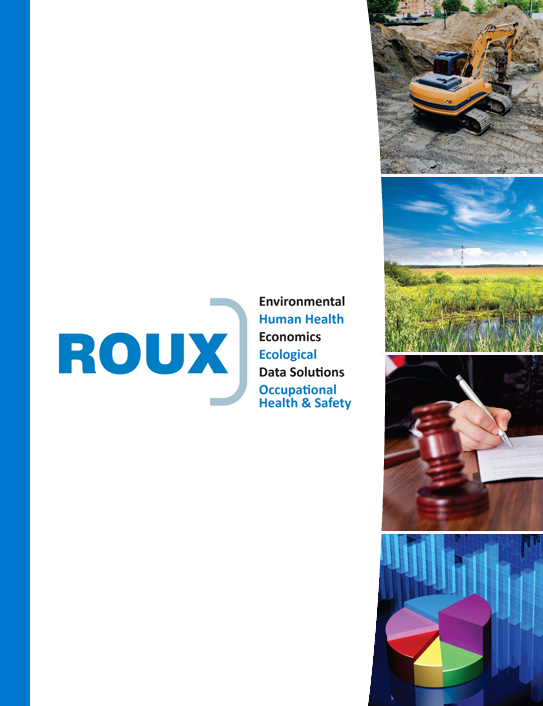Ethylene Oxide Posing a Litigation Risk? How Roux Can Help
Recently, the United States Environmental Protection Agency (USEPA) announced that it will be taking steps to advance transparency, environmental justice, and increase the public’s access to environmental information through its Toxic Release Inventory (TRI) program. As part of the announcement, the USEPA said it would be expanding the scope of TRI reporting requirements for Ethylene Oxide (EtO).
The USEPA’s announcement comes as claims alleging exposure to EtO emitted from industrial facilities in the US continue to grow. The cases in this emerging area of litigation allege that residents and workers surrounding the facilities have been exposed to levels of EtO that caused them to suffer latent personal injuries and loss of property value. According to the USEPA, EtO is used as a chemical intermediate in the manufacture of antifreeze, textiles, detergents, polyurethane foam, solvents, medicine, adhesives, other products, and in hospital sterilization efforts.
Now more than ever, with a growing number of cases and greater government oversight and scrutiny, companies with facilities that emit EtO will need to evaluate their operations and potential litigation risk. Roux’s multidisciplinary group of experts bring a wealth of experience to help companies test for EtO in the air surrounding their facilities, as well as model litigation risk for alleged EtO exposures. Roux’s human health and economic experts assess the science underlying the allegations of human health risk from airborne emissions such as EtO and model the legal and financial impacts, if any, that those claims may bring.
If you are interested in learning more about Roux’s consulting and expert services in this area, please contact us using the link below.
